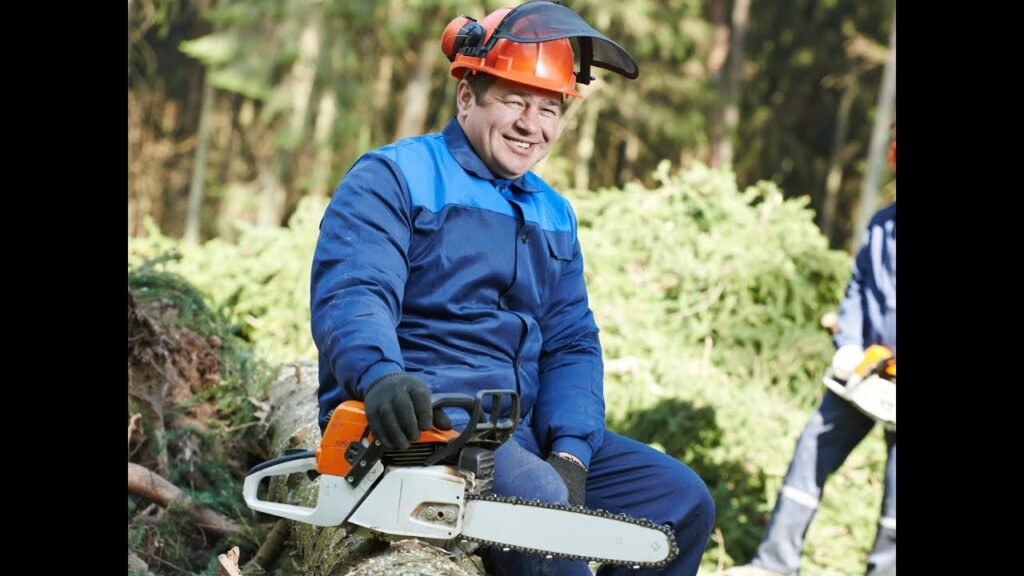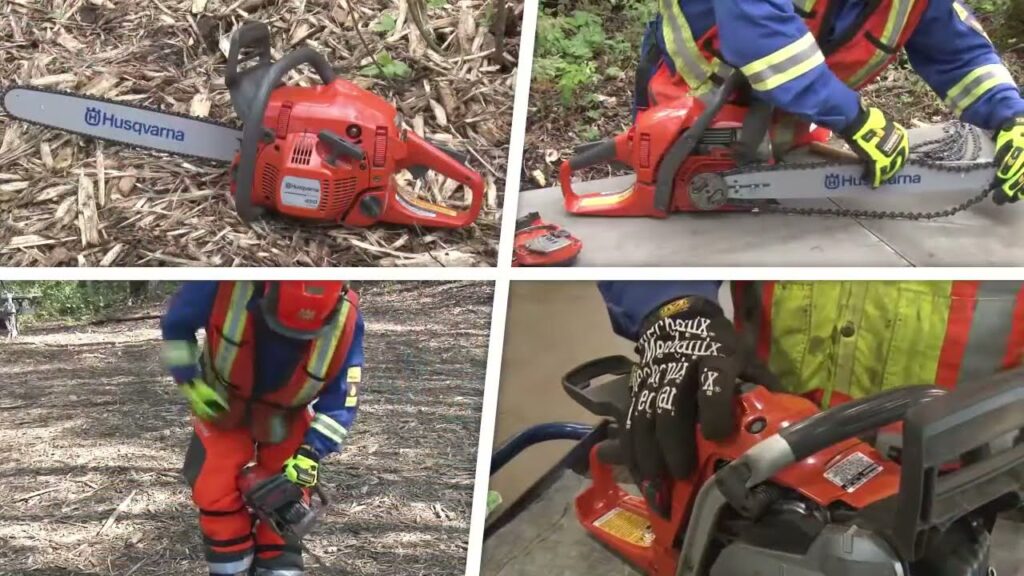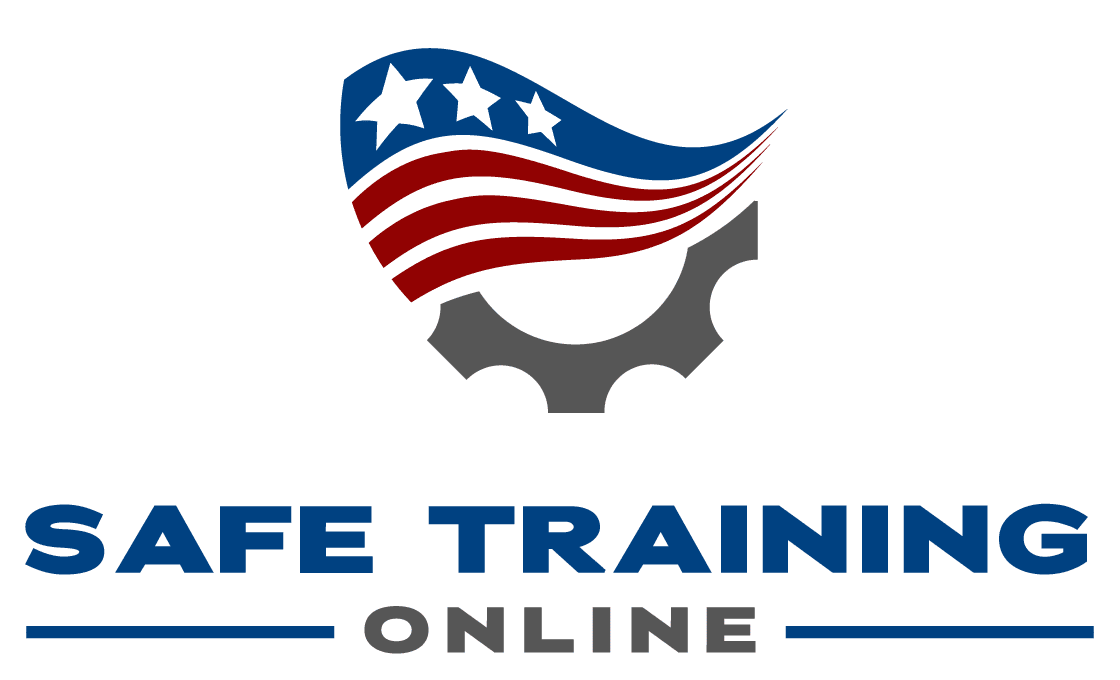Chainsaw Safety Training
Chainsaw Safety Training
Chainsaws are dangerous machines. They cut trees, wood, metal, concrete, and even human beings. That means they pose a serious threat to your health and well-being.
In order to protect yourself from injury, you should always get trained on how to operate a chainsaw safely. This includes learning how to properly handle the saw, learn how to control the chain tension, and understand how to prevent accidents.
We can teach you everything you need to know about safe chainsaw operation. I’ll also explain why you need to get trained before operating any type of power tool.
What Is Chainsaw SafetyTraining?
Chainsaw safety training is a great way to learn how to safely operate a chainsaw. You’ll learn about choosing and wearing personal protective equipment (PPE), as well as basic chain saw safety for cutting trees, disaster cleanup, forestry and more.
Our courses teach you everything you need to be safe when using a chainsaw. We provide safety tips and advice to keep you protected from injuries. And if you ever run into any problems or questions, our instructors are there to answer them.

Safety Topics covered include:
• Choosing and Wearing Personal Protective Equipment (PPE)
• Chain Saw Safety for Tree Cutting, Disaster Clean Up, Forestry and More
• How to Start a Chainsaw Safely
• Proper Fueling of a Chainsaw
• What to Do Before Starting a Chainsaw
• How to Operate a Chainsaw Correctly
• How to Maintain a Chainsaw
• Chainsaw Maintenance Tips
• Chainsaw Safety Tips
Who Should Take Chainsaw Safely Training?
Anyone who uses or works with a chainsaw should take this training. Whether you work in construction, landscaping, forestry, farming, or any other field where you might encounter a chainsaw, you need to know how to safely operate one.
This course was designed for those who need to understand how to properly use a chainsaw. You’ll learn how to handle the saw correctly, how to avoid injury, and how to prevent accidents.
Other Safety Topics covered include:
• How to hold the chainsaw
• Proper chain tension
• Cutting techniques
• Chain length
• Using safety goggles
• Avoiding injuries
• Preventing fires
• Other important topics
This course is ideal for anyone who needs to understand how to use and maintain a chainsaw. It’s also great for anyone who wants to become a professional chainsaw operator.

Before Starting A Saw
Safety should always come first when using any kind of power equipment. Before you start a chainsaw, make sure that you know how to operate it safely. You should also make sure that you understand the safety precautions that apply to your specific model.
- Make sure that you check the controls, chain tension, all bolts and handles, and that they are working properly before you start the saw. Also make sure that the chain is sharp and that the oil tank is full.
- Start the saw on the ground, or on another solid surface, and drop starting is never allowed. Start the saw at least ten feet away from the fueling area, and keep the chain’s brakes engaged.
- Always wear protective gear when operating a chainsaw. Wear goggles, gloves, long pants, a shirt, and boots. And if you work outdoors, wear a hard hat.
Fueling Your Saw
You’ll learn how to dispense fuel at least 10 ft away from any sources of ignition when performing construction activity.
- Never try to fuel a running or hot saw.
- To avoid accidents, keep your chainsaw safe and fueled properly. Always use approved containers for transporting fuel. Fuel should only be poured into the tank through a funnel or flexible hose. Never pour fuel directly into the tank.
- Never smoke while fueling your chainsaw. Also, never attempt to fuel a running chainsaw or a hot saw.
General Chainsaw Safety Tips
There are two main types of chainsaws: gas powered and battery operated. Gas powered chainsaws are generally heavier and louder than battery operated ones. But there are pros and cons to both types of chainsaws.
- To prevent injury, always wear proper safety gear when using a chainsaw. Always remember to shut off the chainsaw when transporting it. Also, never run a chainsaw without wearing ear plugs.
- Always watch where you’re cutting. Never cut near power lines or water pipes. And always stay alert for falling branches.
- Be careful when cutting down large trees. Large trees can fall unexpectedly. And they can cause serious damage to property and even injure someone.
- Keep your chainsaw clean. Dirt and grime build up on the blade and reduce the effectiveness of the chainsaw. Clean the blades regularly.
- Use a chainsaw correctly. Don’t try to force the chainsaw through thick brush. Instead, use the push bar to guide the chainsaw through the bush.
- Never leave a chainsaw unattended. Even if you think no one else is nearby, it’s still dangerous.
- Don’t forget to store your chainsaw properly. Store it upright and secure it well.
- Make sure your chainsaw is in good condition. Inspect the chainsaw every time you use it. Replace any broken parts immediately.
- Read the owner’s manual carefully. Read the manufacturer’s recommendations for care and maintenance. Follow these guidelines to keep your chainsaw running smoothly.
- If you’re planning on buying a new chainsaw, consider getting a chainsaw with a chain brake. Chain brakes stop the chainsaw when it encounters obstacles. This helps protect you from being injured by the chainsaw.
- Also, consider purchasing a chainsaw with a tip guard. Tip guards minimize the risk of kickback. Kickback occurs when the chainsaw hits an obstacle. Kickback causes the chainsaw to jump back towards the operator.
- Tip guards are especially important for inexperienced operators.
- Finally, don’t forget to practice safe chainsaw operation. Practice with a dummy limb. Then practice with a live branch.
- Practice makes perfect. Once you’ve mastered basic chainsaw operation, you’ll feel much better knowing you’re ready to tackle any job.
Chainsaws are dangerous machines. They can cause severe injuries and even death if proper precautions aren’t taken. It’s imperative that anyone who uses a chainsaw has been trained properly. This includes both professional woodworkers and hobbyists alike. Chainsaw safety training is an essential part of being prepared for any job involving a chainsaw.
Click here for an online chainsaw safety training course.
Click here for OSHA Chainsaw requirements.
